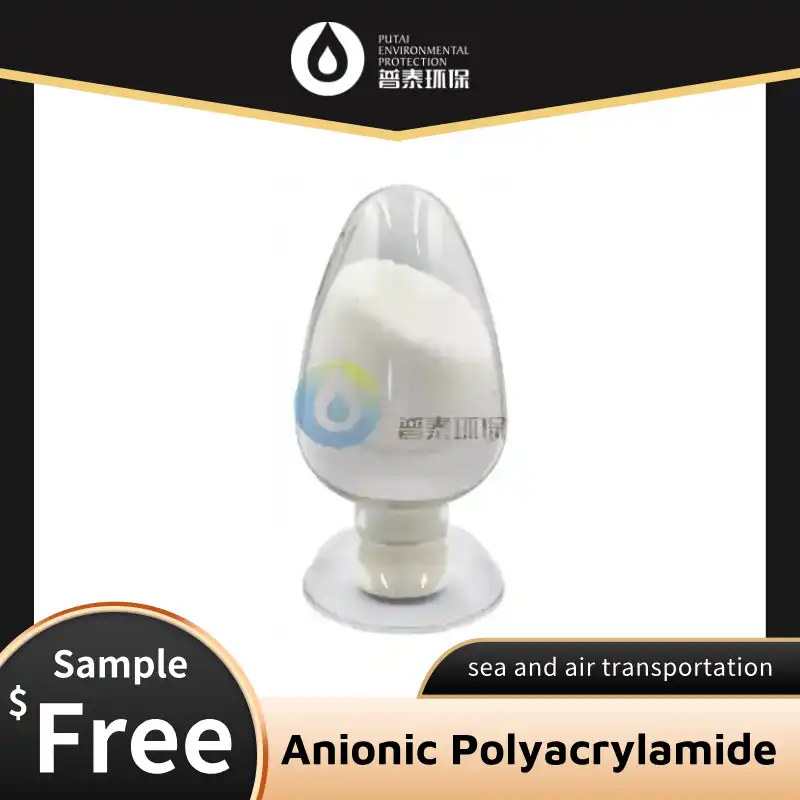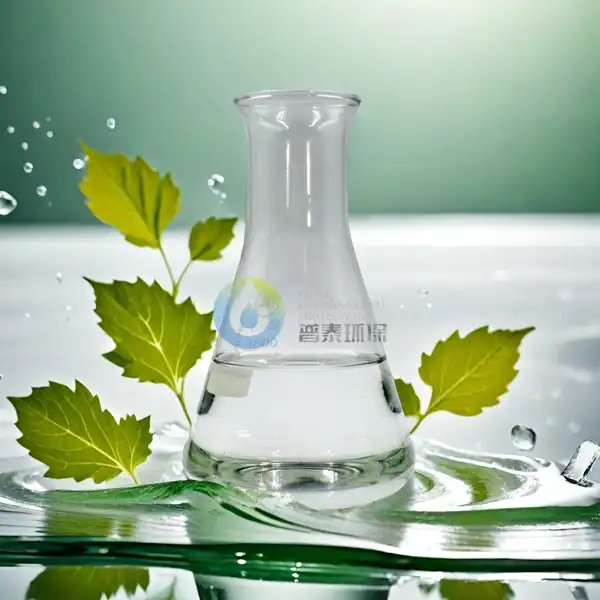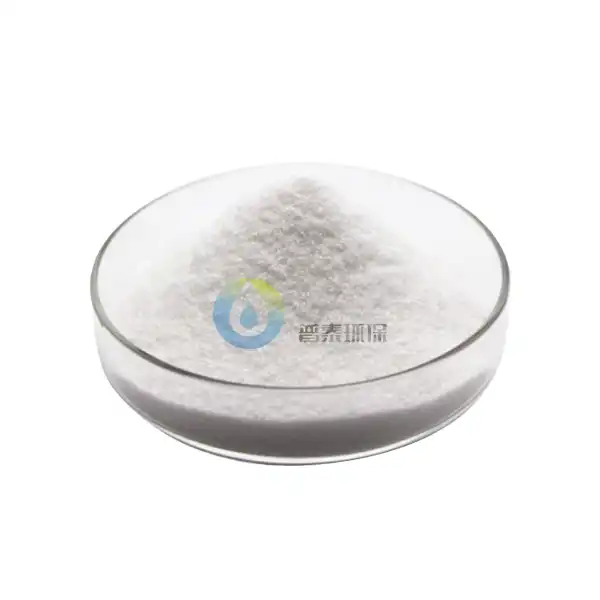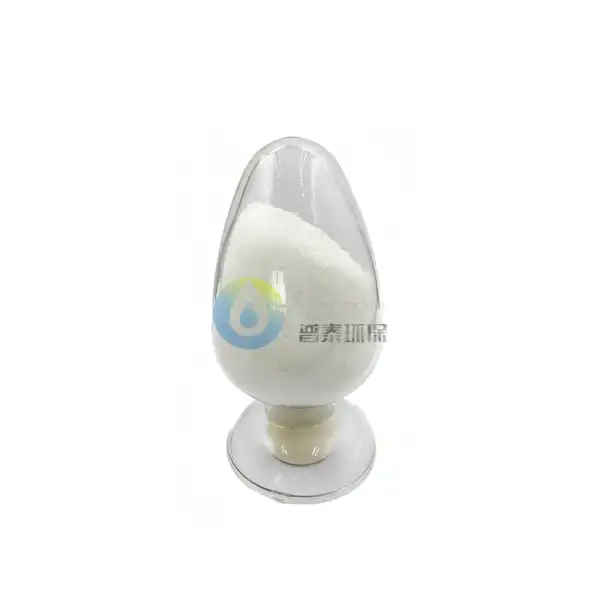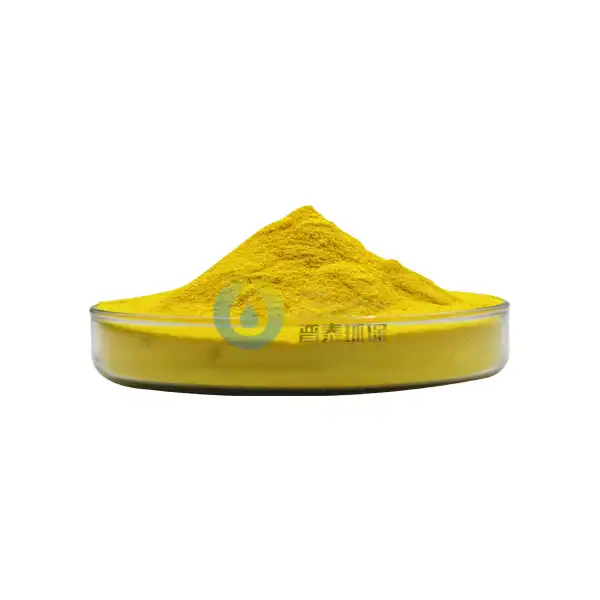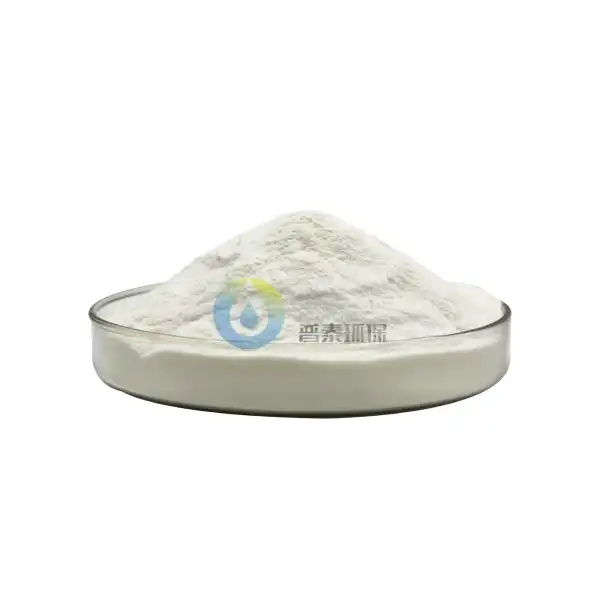What Are the Distinctive Features of Cationic PAM in Wastewater Treatment?
In the realm of wastewater treatment, cationic polyacrylamide (PAM) has emerged as a powerhouse solution, revolutionizing the way we approach water purification. This remarkable polymer boasts an array of unique characteristics that set it apart from other flocculants, making it an indispensable tool in the fight against water pollution. Let's dive into the world of cationic PAM and uncover its distinctive features that make it a game-changer in wastewater treatment.
Why Is Cationic PAM More Effective for Organic Sludge Removal?
When it comes to tackling organic sludge, cationic PAM stands head and shoulders above its counterparts. The secret lies in its positive charge, which allows it to form strong bonds with negatively charged organic particles. This electrostatic attraction is the key to its unparalleled effectiveness in organic sludge removal.
One of the most striking features of cationic polyacrylamide is its ability to rapidly destabilize colloidal systems. As it comes into contact with organic matter, it swiftly neutralizes the negative charges on particle surfaces. This neutralization triggers a domino effect, causing particles to coalesce and form larger, more manageable flocs.
The flocculation process initiated by cationic PAM is nothing short of remarkable. As organic particles aggregate, they create a web-like structure that efficiently traps and removes contaminants from the water. This mechanism not only enhances the clarity of the treated water but also significantly reduces the volume of sludge that needs to be handled.
Another feather in cationic PAM's cap is its adaptability to various pH levels. Unlike some flocculants that lose their efficacy in acidic or alkaline environments, cationic PAM maintains its performance across a wide pH range. This versatility makes it an ideal choice for treating diverse types of wastewater, from industrial effluents to municipal sewage.
The molecular weight of cationic PAM also plays a crucial role in its organic sludge removal prowess. High molecular weight variants of cationic PAM exhibit exceptional bridging capabilities, allowing them to form even larger and stronger flocs. This enhanced floc formation leads to faster settling rates and improved dewatering efficiency, ultimately resulting in cleaner water and drier sludge.
Key Differences Between Cationic PAM and Anionic PAM in Wastewater Treatment
While both cationic and anionic PAM are valuable tools in wastewater treatment, they exhibit distinct characteristics that make them suitable for different applications. Understanding these differences is crucial for selecting the right polymer for specific treatment needs.
The most fundamental difference between cationic and anionic PAM lies in their electrical charges. Cationic PAM, as the name suggests, carries a positive charge, while anionic PAM bears a negative charge. This charge difference significantly influences their interaction with various types of contaminants in wastewater.
Cationic polyacrylamide excels in treating wastewater with high organic content. Its positive charge allows it to effectively neutralize and coagulate negatively charged organic particles, such as bacteria, algae, and other microorganisms. This makes cationic PAM particularly useful in industries like food processing, paper manufacturing, and municipal wastewater treatment, where organic load is typically high.
On the other hand, anionic PAM shines in applications involving inorganic particles and mineral suspensions. Its negative charge enables it to flocculate positively charged particles, making it ideal for treating wastewater from mining operations, construction sites, and certain industrial processes.
The floc formation process also differs between cationic and anionic PAM. Cationic PAM tends to form denser, more compact flocs due to its charge neutralization mechanism. These tightly bound flocs are less likely to break apart during the treatment process, resulting in more efficient solid-liquid separation.
Anionic PAM, however, forms larger, looser flocs through a bridging mechanism. While these flocs can be effective in certain applications, they may be more susceptible to shear forces and breakage in high-turbulence environments.
Another notable difference lies in their sensitivity to water hardness. Cationic PAM is generally less affected by water hardness compared to its anionic counterpart. This makes cationic PAM a more versatile option in areas with hard water or when treating wastewater with high mineral content.
The dosage requirements also vary between the two types of PAM. Cationic PAM often requires lower dosages to achieve the desired flocculation effect, potentially leading to cost savings in large-scale treatment operations. Anionic PAM, while effective in its own right, may require higher doses to achieve comparable results in certain applications.
How Does Cationic PAM Enhance Solid-Liquid Separation?
The solid-liquid separation process is a critical step in wastewater treatment, and cationic PAM plays a pivotal role in enhancing its efficiency. By leveraging its unique properties, cationic PAM facilitates the removal of suspended solids, colloidal particles, and dissolved contaminants from water.
One of the key mechanisms through which cationic PAM enhances solid-liquid separation is charge neutralization. As the positively charged polymer comes into contact with negatively charged particles in the wastewater, it neutralizes their surface charges. This neutralization destabilizes the suspended particles, causing them to lose their repulsive forces and come together to form larger aggregates.
The flocculation process initiated by cationic PAM is a sight to behold. As particles aggregate, they form large, visible flocs that are easily separable from the water. These flocs act like magnets, attracting and trapping smaller particles and impurities as they grow. The result is a dramatic improvement in water clarity and a significant reduction in suspended solids.
Cationic PAM's ability to form strong, stable flocs is particularly advantageous in solid-liquid separation. The robust nature of these flocs allows them to withstand the physical stresses encountered during various separation processes, such as sedimentation, flotation, and filtration. This resilience ensures that the flocs remain intact, preventing the re-release of captured contaminants back into the water.
Another remarkable feature of cationic PAM is its capacity to enhance settling rates. The large, dense flocs formed by cationic PAM settle more rapidly than smaller particles, accelerating the sedimentation process. This increased settling velocity not only improves the efficiency of clarifiers and settling tanks but also allows for higher throughput in treatment facilities.
In filtration applications, cationic PAM proves its worth by forming a dynamic filter aid. As flocs accumulate on filter surfaces, they create an additional filtration layer that can capture even finer particles. This phenomenon, known as bridging filtration, significantly enhances the overall filtration efficiency and extends the life of filter media.
The dewatering properties of cationic PAM-treated sludge are also noteworthy. The polymer's ability to form dense, compact flocs results in sludge with improved dewaterability. This translates to more efficient mechanical dewatering processes, such as belt presses and centrifuges, leading to drier sludge cakes and reduced disposal costs.
In dissolved air flotation (DAF) systems, cationic PAM demonstrates its versatility by enhancing both flocculation and flotation. The polymer not only aggregates particles but also improves their attachment to air bubbles, facilitating more effective removal of suspended solids and oils from water.
The molecular structure of cationic PAM also contributes to its solid-liquid separation prowess. The long polymer chains can form bridges between particles, creating a three-dimensional network that effectively traps and removes contaminants. This bridging mechanism is particularly effective in capturing fine particles that might otherwise slip through conventional separation processes.
Conclusion
In conclusion, the distinctive features of cationic PAM in wastewater treatment make it an invaluable tool for environmental protection and water resource management. Its superior performance in organic sludge removal, versatility across various applications, and ability to enhance solid-liquid separation processes set it apart as a premier solution in the field of water purification.
As we face growing challenges in water treatment and environmental conservation, the role of innovative solutions like cationic PAM becomes increasingly crucial. By harnessing the power of this remarkable polymer, we can take significant strides towards cleaner water and a more sustainable future.
Are you looking for effective wastewater treatment solutions? Xi'an Putai Environmental Protection Co., Ltd. is here to help. With over 19 years of experience in producing and supplying high-quality water treatment chemicals, we're committed to delivering cutting-edge solutions tailored to your specific needs. Our range of cationic PAM products are designed to optimize your wastewater treatment processes, ensuring superior performance and cost-effectiveness. Don't let water pollution hold your business back. Contact us today at sales@ywputai.com to discover how our expertise can transform your water treatment strategy and contribute to a cleaner, more sustainable environment.
References
1. Zhang, L., et al. (2019). "Cationic polyacrylamide as an effective flocculant for wastewater treatment: A comprehensive review." Journal of Water Process Engineering, 28, 274-294.
2. Wang, Y., et al. (2020). "Comparative study on the flocculation performance of cationic and anionic polyacrylamides in municipal wastewater treatment." Environmental Technology & Innovation, 17, 100592.
3. Liu, X., et al. (2021). "Enhancing solid-liquid separation in wastewater treatment: The role of cationic polyacrylamide flocculants." Separation and Purification Technology, 258, 118015.
4. Chen, G., et al. (2018). "Molecular mechanisms of cationic polyacrylamide in organic sludge dewatering: A review." Bioresource Technology, 247, 1169-1176.

